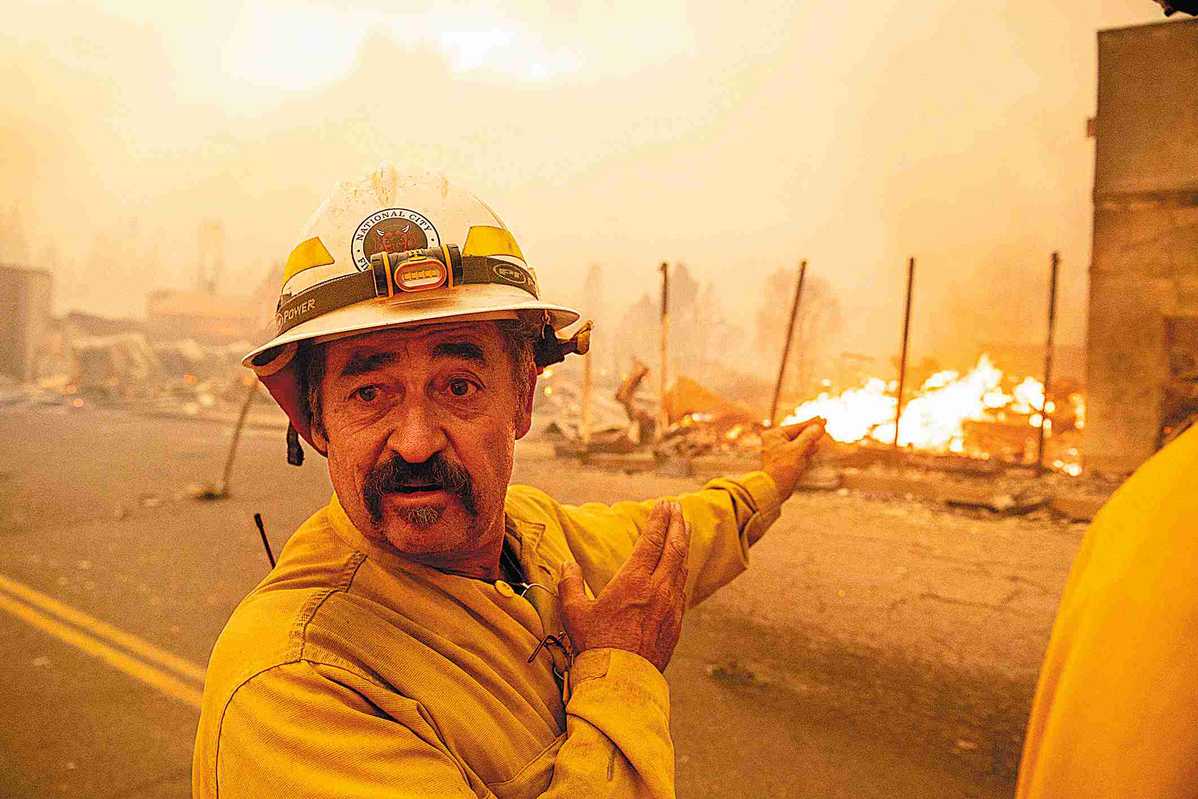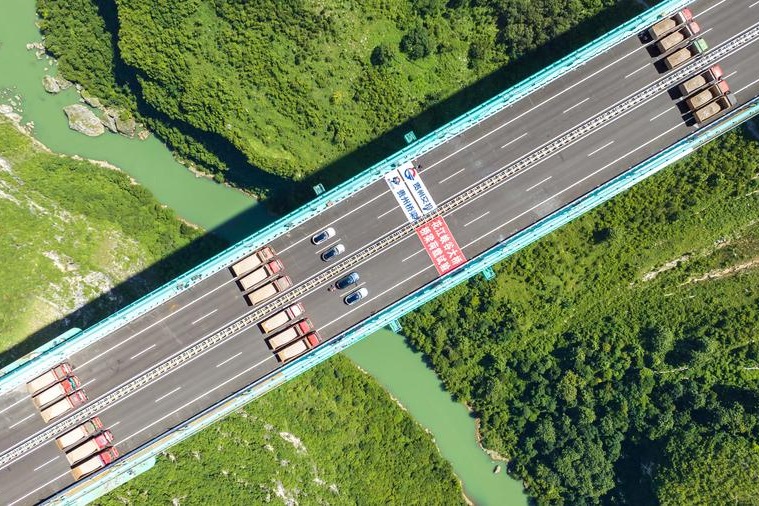Wildfires bring home global threat


Meanwhile, in the Asia-Pacific region, Indonesia and Malaysia are beginning to burn as well, with fires generally set intentionally in the peat lands that are cleared off to plant palms for the massive palm oil industry. Also beset by unusually high temperatures, the region lives in fear of a repeat of the devastating 2015 fire season that covered Indonesia, tracts of Malaysia and even Singapore with a layer of haze and smoke.
In the first quarter of this year, fires flared in 10 provinces in Indonesia but, in an unusual ray of hope, Indonesia is protecting its vast rainforests at a bigger rate than in the last three decades.
There is virtually no region of the world where wildfires are not a big problem that is getting bigger.
The United Nations said in a recent report that rising temperatures are increasing the likelihood of "compound extreme events".
Rising temperatures
Fires can be more difficult to predict than tropical storms or hurricanes. Instead of playing a role as rejuvenators of forests and savannas, the fires are turning into voracious monsters fed by rising temperatures globally.
Wholesale burning of the Amazon rainforest is a significant problem for the world. The rainforest accounts for about a quarter of all biodiversity in the world and is a major cog in the "biogeochemical functioning of the Earth system", said Ana Luiza Tunes, an environmental engineer and water management specialist in Brazil.
"The Amazon is of extreme social importance, not only for the indigenous people who live there but also for all Brazilians. We depend on its humidity, the possible cures for diseases that hide in its forests, its biodiversity and balance and its temperature regulation," Tunes said.
"The Amazon, and its drier margins, is the scene of intense human pressure on the forest through logging, deforestation and the expansion of the use of fire. The Amazon fire fronts are caused by the criminal actions of land grabbers and land explorers."
The rainforests in the Asia-Pacific region, mostly in Indonesia and Malaysia, are faring better. The government of Indonesia is taking steps to protect the nation's rainforests and fight climate change.
Experts like Arief Wijaya, climate, forests and ocean senior manager at the Indonesian arm of the World Resources Institute-a global research organization that seeks to promote practical solutions to protect nature and improve people's lives-sees a direct link between climate change and wildfires in Indonesia. And the same is true everywhere else.
"The increase in climate change has resulted in more frequent El Nino conditions, which is a cause of forest fires. Indonesia has seen it happen more in recent years than before 2000. Before that, it used to occur every six or seven years. Now, it comes around every four or five years," Wijaya said.
The worst fire season on record in Indonesia was in 2015, when the fires proved to be catastrophic and led to a regionwide reckoning. Not only did Indonesia move to curb the practice of burning but neighbors Malaysia and Singapore, which are home to the headquarters of most of the companies that rely on burning to clear land, also took policy measures to limit the practice.
In the Amazon, there is plenty of evidence linking policies and climate change to wildfires, said Brian Enquist, a professor of macroecology and biodiversity at the University of Arizona in the US.
"We show that since 2001, drought and forest policy are the best predictors of fire and deforestation impacts on Amazonian biodiversity," he said.
His team analyzed the geographic range of about 15,000 plant and animal species in the Amazon Basin and found that between 2001 and 2015 some 64 percent were affected by fire. Since 2001, the total area affected by deforestation has steadily increased along with a steady rise in the number of species affected by the fire.
























